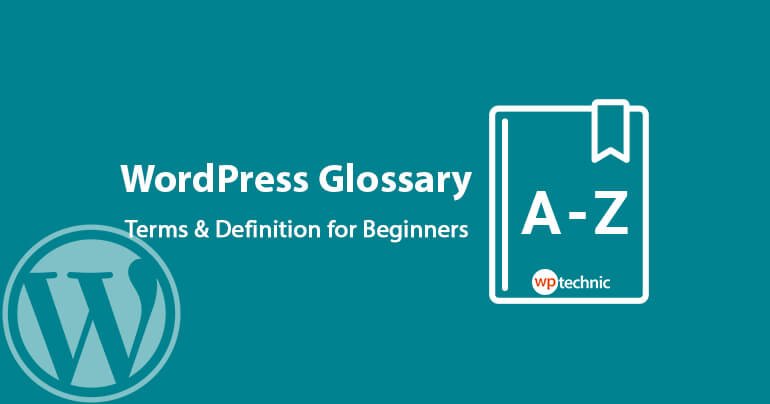In WordPress, “permissions” refer to the access levels and capabilities of users who have registered accounts on your website.
WordPress includes several built-in user roles, including Administrator, Editor, Author, Contributor, and Subscriber, each with different levels of permissions and capabilities. The Administrator role has the highest level of permissions and can perform all tasks on the website, including adding and deleting users, installing plugins and themes, and editing core WordPress files. The Subscriber role has the lowest level of permissions and can only read and comment on posts.
WordPress also allows you to create custom user roles with specific capabilities and permissions, using third-party plugins or custom code.
It is important to manage user permissions carefully in WordPress to ensure the security and integrity of your website. Giving users more permissions than necessary can create security vulnerabilities and increase the risk of data breaches or website hacks. You can manage user permissions in WordPress by going to the Users section in the WordPress dashboard and editing the capabilities and access levels of each user role.

